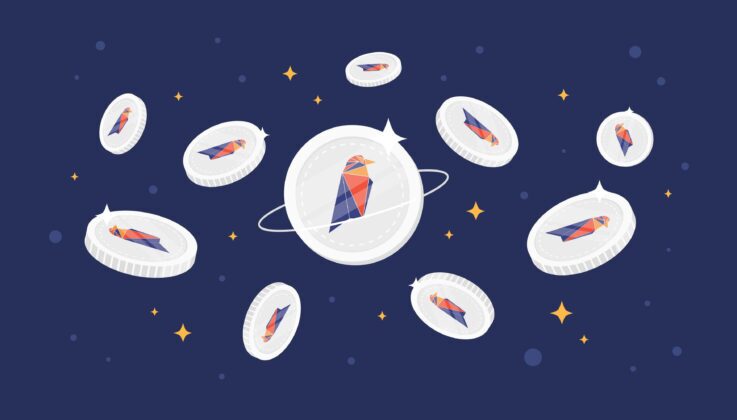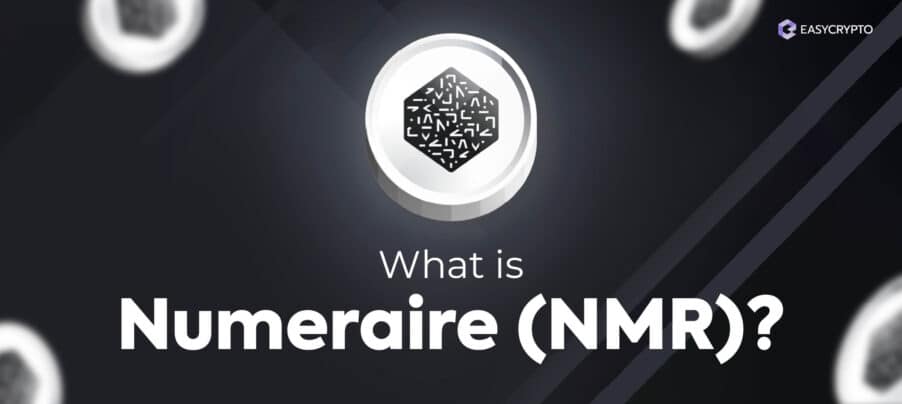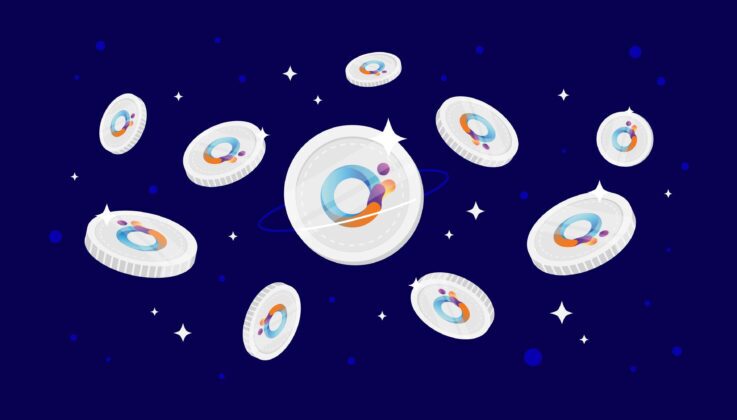What is Kusama (KSM)? Polkadot’s Canary Network Explained
What is Kusama (KSM) and why is it Polkadot’s “canary network”? Learn more about how Kusama works, and its relationship with Polkadot.
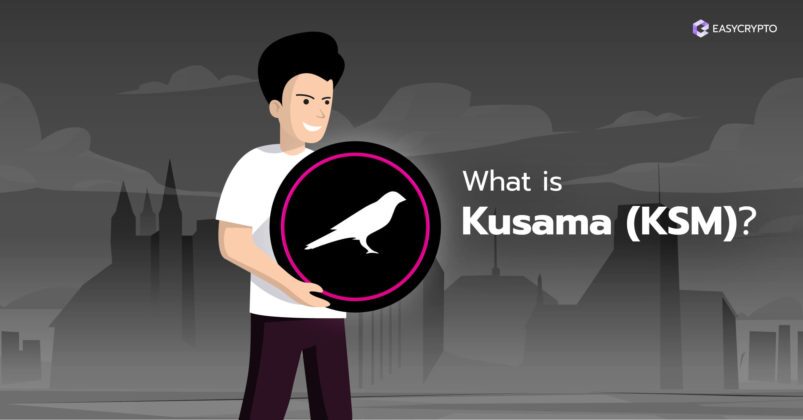

Kusama is a blockchain that focuses on interoperability as well as scalability. It has the ability to form bridges to other blockchains and enables the transfer of data and value from one blockchain to another through its relay chain.
Kusama is often associated with Polkadot. Both networks were developed by Dr. Gavin Wood, the co-founder of Ethereum, who had now left the project to work on both Kusama and Polkadot.
Kusama and Polkadot have a unique relationship. While many people could mistake Kusama as the test network for Polkadot, in reality, they are more like cousins. They operate independently and share some key similarities.
How does Kusama work?
Kusama makes use of a new blockchain innovation called sharding. Sharding is the practice of splitting the network into several units (called shards), which is managed by a portion of the total number of network nodes. All shards process data and transactions simultaneously, increasing the speed of the network as a whole.
Sharding has become a popular solution for blockchain scalability, with the likes of Zilliqa network providing the proof of concept. However, what Kusama does is actually different from conventional sharding.
Kusama has one relay chain, the “core” blockchain that communicates with its side chains (also known as parallel chains, or parachains). An isolated blockchain network can connect to Kusama by periodically updating the state of its network to Kusama’s collator and validator nodes.
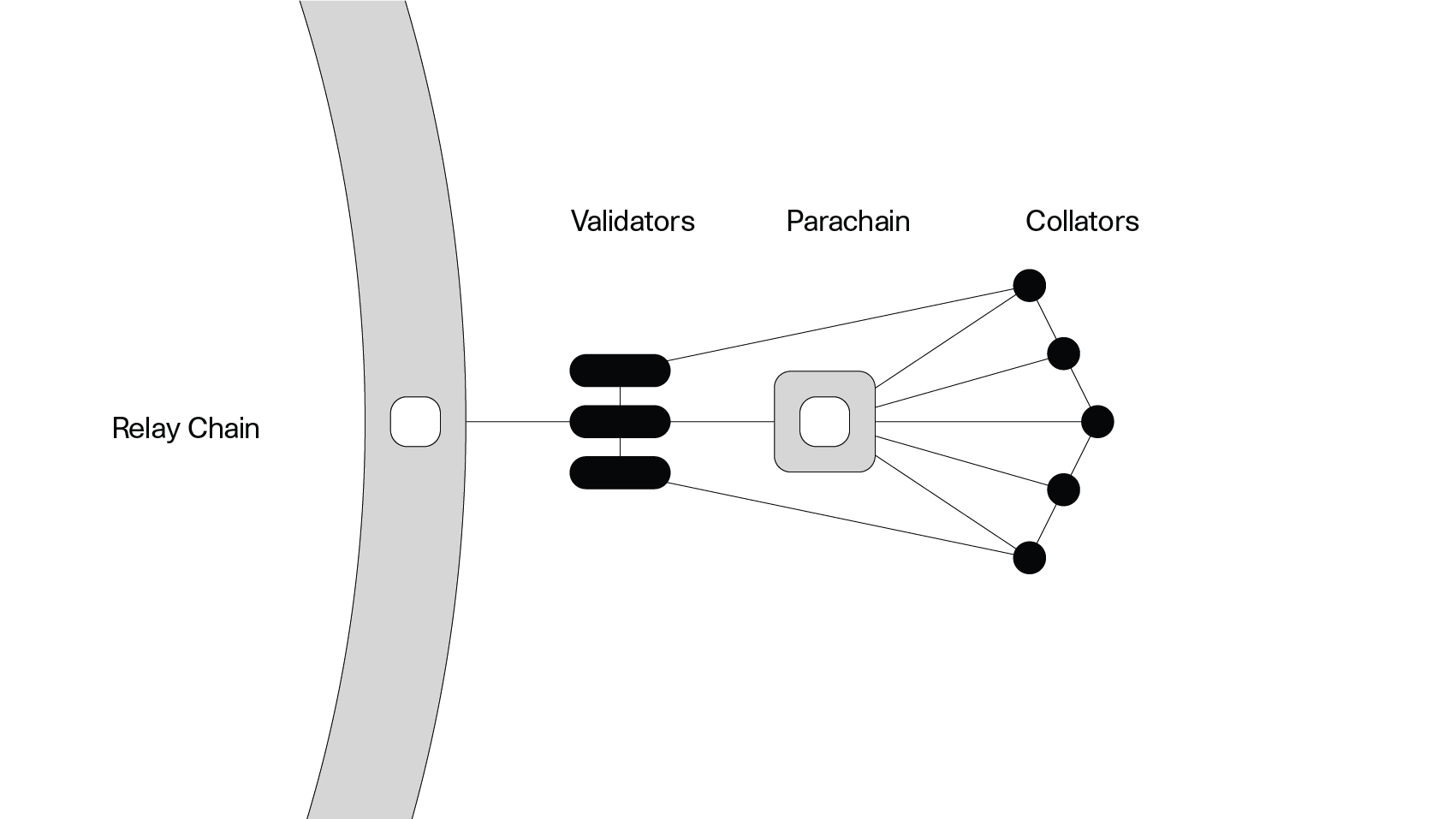
The data is then transmitted further into the relay chain, where the data can be relayed into another group of collator and validator nodes for a different parallel chain. This is how one blockchain can communicate with another, through Kusama as the intermediary.
If you are still confused, don’t worry. The most useful thing to know about Kusama is that it allows 100 individual blockchains to connect to Kusama, and this gives them the ability to interoperate and interconnect.
What is KSM in Kusama?
KSM is Kusama’s native cryptocurrency. It has a few functions on the network, besides being a currency (i.e. a medium of exchange):
- Validating the network. Since the network runs with a Proof of Stake consensus protocol, validators must stake (or lock up) a great number of KSM as collateral when applying for the job as a validator.
- Nominating validators. Kusama uses a variant of Proof of Stake called Nominated Proof of Stake. This means validators are nominated by independent ‘reviewers’ called nominators, which further prevents validator collusion. Nominators stake less KSM to nominate, but there are more of them in the network.
- Bidding for parachain slots. Currently, there can only be 100 blockchains connected to Kusama, making a parachain slot a valuable resource. Blockchain companies compete with one another in an auction for a slot to connect to Kusama, using KSM in a bid.
- Voting and creating proposals. Kusama can “self-govern” without the help of the Web3 Foundation, who oversees its developments in its initial phase. Anyone can create improvement proposals and pay with KSM (to prevent spam). KSM holders can also vote with KSM on proposals as well as elect community representatives (i.e. the Council Members and the Technical Committee).
Kusama has a maximum supply of 10 million KSM. KSM tokens are claimed by those who had participated in the token sale off Polkadot’s DOT. The rest of the supply is stored in the network’s treasury system to reward validators and nominators for staking, to give developer grants, and more.
Currently, it is unclear whether or how much KSM is held by the Web3 Foundation team.
Related reading: What is Proof of Stake?
What is the difference between Polkadot and Kusama?
Before Polkadot was launched, Kusama was released to the public. It was unlike anything the world had ever seen, using cutting-edge technology that was not yet proven in real economic situations at the time.
Kusama’s logo is the canary bird, symbolising the role of the canary in olden day mining shafts, which could warn miners of a possible danger such as poisonous gas. Like the canary bird, Kusama existed to test Dr. Gavin Wood’s technology in the real world, to warn him and his team about the weaknesses of such network infrastructure.
In the words of Dr. Gavin Wood, “Kusama is Polkadot’s experimental “canary” network. It is an early, unaudited and wholly experimental pre-production trial network, designed to help understand how the various cutting edge technologies introduced in areas including governance, staking, and sharding work under “real” economic conditions.”
| Polkadot | Kusama |
| Benefits | |
| High stability | Low barriers of entry for parachain deployment |
| High security | Low barriers to becoming a validator |
| More conservative governance and upgrades | Low slashing penalties |
| High validator rewards | Fast governance decision-making and iteration |
| Testing ground for the latest technologies | |
| Use cases | |
| Enterprise and B2B applications | Early-stage startup network |
| Financial applications | Experimental ideas |
| High-value applications that rely heavily on stability and security | Applications that do not require much security features |
| Pre-production environment for Polkadot |
However, Kusama is not a test network. Test networks are typically private, and its native cryptocurrency is typically circulated in a controlled way through artificial means.
When Kusama went live, developers could immediately use Kusama’s network to deploy smart contracts, applications, and even bid for a parachain slot.
Below are comparisons between Polkadot and Kusama. The data is taken directly from this wiki in Polkadot’s official website.
What is the future of Kusama?
It is easy to think that Kusama might be an inferior version of Polkadot, and therefore investing in KSM is not worth the opportunity. Nothing is further than the truth.
Kusama is not inferior; just because it has a lower security standard when compared to Polkadot, does not mean that it is any less valuable. What Kusama lacks in stability and security it makes up for in speed and flexibility.
Kusama remains a pivotal environment for many developers to test their product prior to launching it on the Polkadot mainnet. Without Kusama, developers will be hesitant to deploy on Polkadot since it has such a high barrier of entry.
Although many DApps come and go on the Kusama blockchain as they transition to the Polkadot blockchain, a few have stayed and called Kusama their home. Kusama is just as valid a blockchain as its newer and heavier cousin Polkadot.

Even today, Kusama is still highly relevant and actively sought by developers.
If you think that Non-Fungible Tokens (NFTs) are very new concepts to you, wait till you hear about “art legos”, which is one step up from NFTs.
On its NFT system, Kusama has introduced a system where NFTs can ‘own’ or ‘connect’ with other NFTs. So, for example, if you own a virtual game character (recorded on a blockchain), that is itself an NFT. If you equip your virtual game character with clothes, weapons, or any item that counts as an NFT, you would have ‘nested NFTs’ — that is, an NFT within an NFT.
DeFi platform Karura has also successfully won an auction for one of Kusama’s parachain slots. Testing its speed and scalability performance, Karura aims to be the first to offer multi-collateralised stablecoin that is backed by cross-chain assets.
Given that popular DeFi platforms such as Uniswap have only ever existed on Ethereum, the developers of Karura have possibly wanted to see how the platform could work in a multi-chain setting.
If there is one more exciting news waiting to happen at Kusama is the fact that the network has partnered with Robonomics to develop “an interplanetary architecture of the Kusama network” which can “relay data between Mars and Earth”.
How to Buy Kusama (KSM) in South Africa?
With all that said, what are your thoughts on the KSM token? Are you feeling confident on the KSM token?
As prefaced above, Kusama (KSM) will always have a place in the future, with potential for growth as the network and users continue to mature over time. This makes Kusama an ideal option for those who are thinking of diversifying their crypto portfolio with altcoins such as KSM.
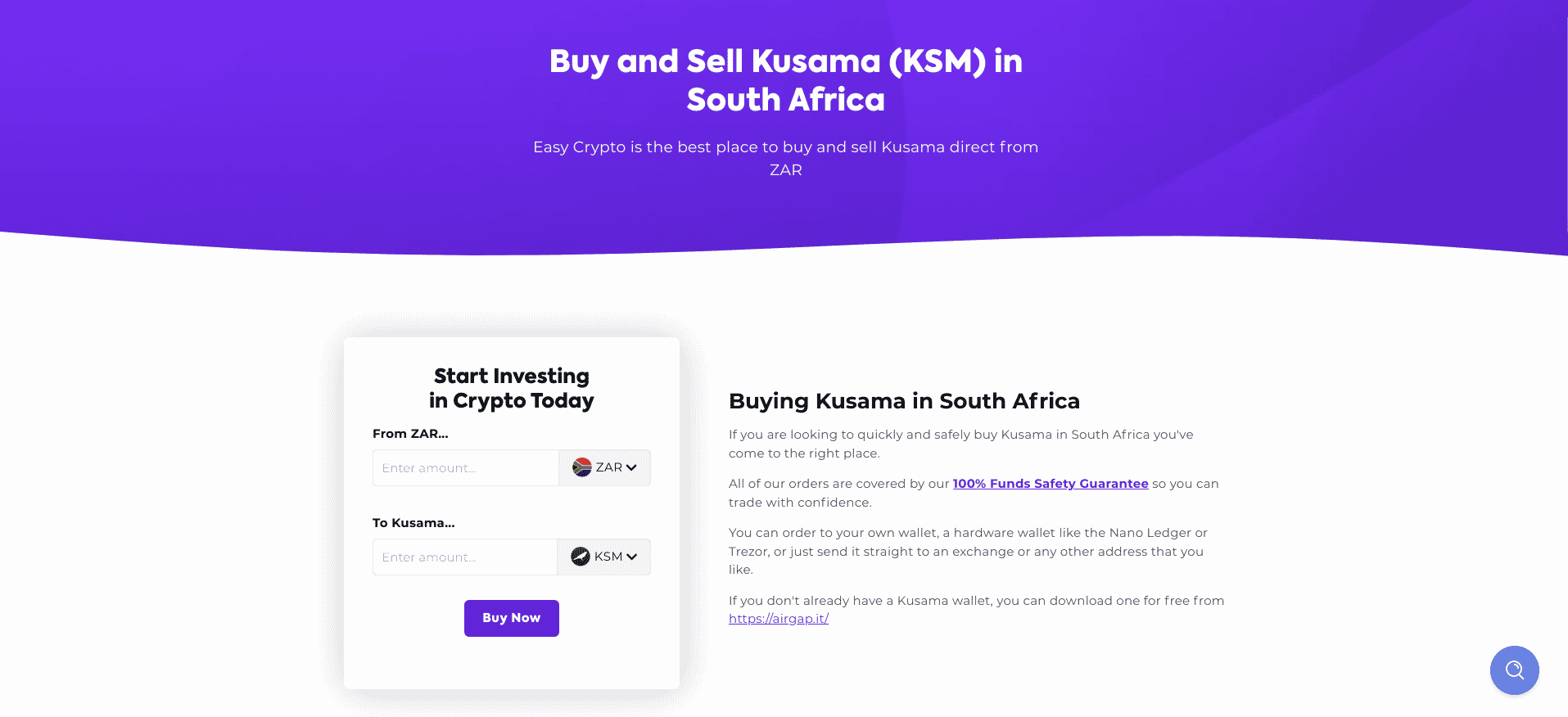
KSM is just one of over 160+ altcoins that we offer at Easy Crypto South Africa. Our collection consists of NFT tokens, Metaverse, DeFi, stablecoins, and many more.
Start here: Read our quick guide on how to buy crypto in South Africa.
Or check out our YouTube channel for a video guide!
Buy KSM: Add KSM to your crypto portfolio.
Stay tuned for more crypto coin guides! In the meantime, explore our library of crypto coin fundamentals on our learning hub at Easy Crypto.
Share to
Stay curious and informed
Your info will be handled according to our Privacy Policy.
Make sure to follow our Twitter, Instagram, and YouTube channel to stay up-to-date with Easy Crypto!
Also, don’t forget to subscribe to our monthly newsletter to have the latest crypto insights, news, and updates delivered to our inbox.
Disclaimer: Information is current as at the date of publication. This is general information only and is not intended to be advice. Crypto is volatile, carries risk and the value can go up and down. Past performance is not an indicator of future returns. Please do your own research.
Last updated October 11, 2022



